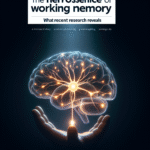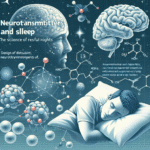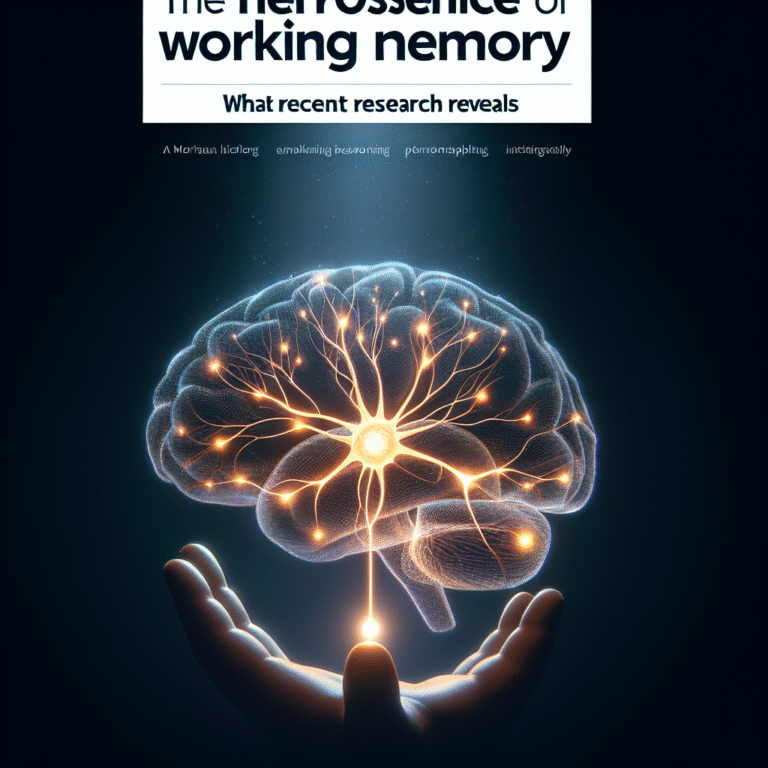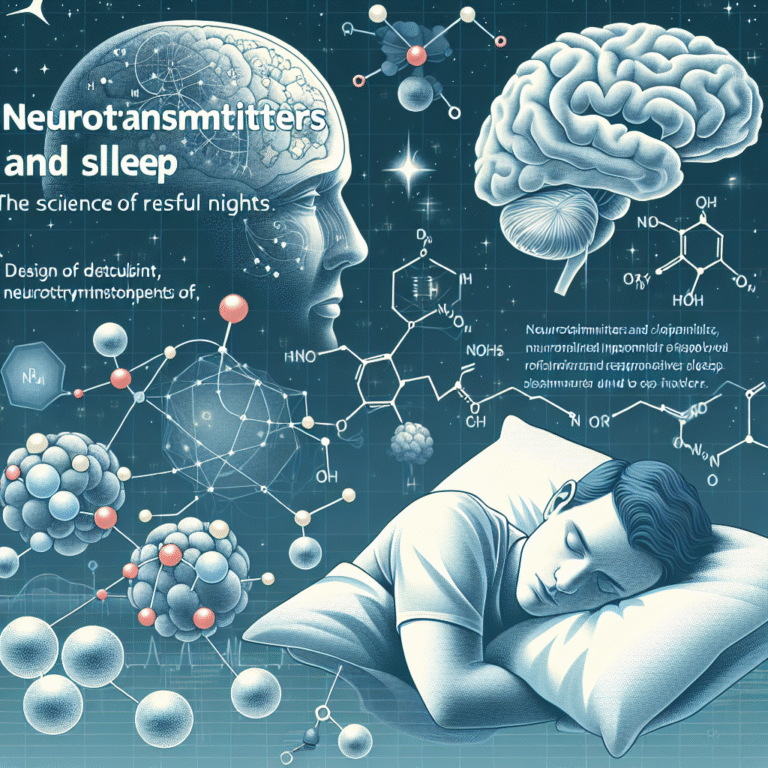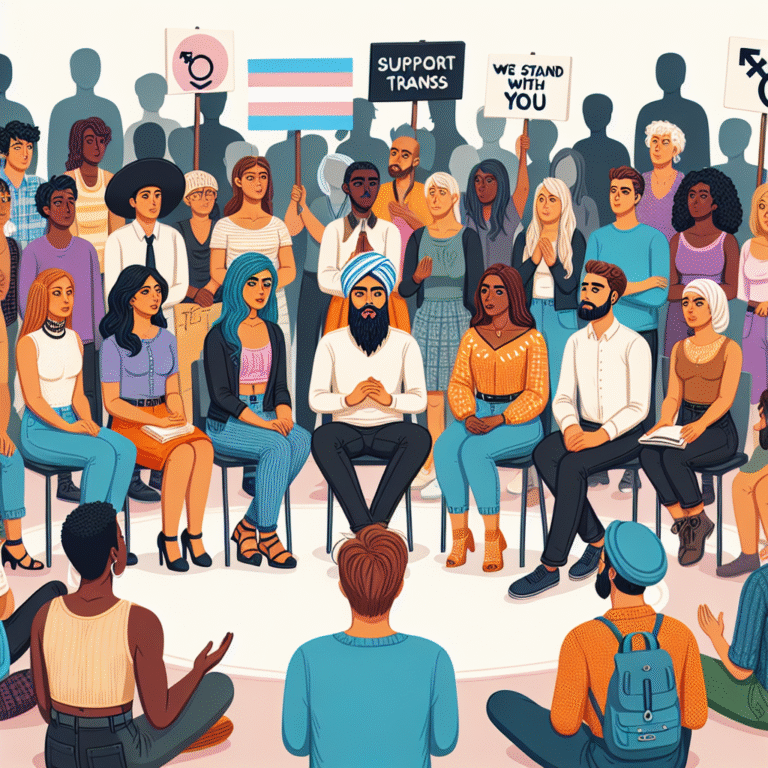
Introduction
Imagine standing in a crowded room, your heart racing as you prepare to give a speech. The anticipation is palpable, and with every passing second, you’re acutely aware of the eyes on you. For many, performing in front of an audience can ignite both anxiety and heightened focus. This phenomenon is known as social facilitation, a psychological concept that reveals how the presence of others can affect our performance, often for the better—or worse.
In this article, "In the Spotlight: Understanding Social Facilitation and Its Impact on Performance," we will explore the intricacies of social facilitation, examining its implications in various scenarios—from competitive sports to public speaking. We’ll delve into case studies that illustrate the real-world applications of this concept, harnessing insights to enhance our understanding of how social environments affect our behavior and performance.
What is Social Facilitation?
Social facilitation refers to the tendency for individuals to perform differently when in the presence of others compared to when they are alone. The term was first coined by psychologist Norman Triplett in 1898 when he observed that cyclists raced faster in groups than when they raced alone. This ground-breaking discovery opened the door to understanding how social contexts can enhance (or, in some cases, hinder) our performance.
The Psychology Behind Social Facilitation
At its core, social facilitation stems from two primary psychological mechanisms: increased arousal and social evaluation.
- Increased Arousal: The presence of others can elevate physiological arousal, resulting in heightened performance, especially for simple or well-practiced tasks.
- Social Evaluation: The fear of judgment or the desire to impress can lead individuals to perform better. However, this can also lead to anxiety when facing complex or unfamiliar tasks.
The Yerkes-Dodson Law
A cornerstone of understanding social facilitation is the Yerkes-Dodson Law, which posits that there is an optimal level of arousal for achieving peak performance. According to this model, tasks that are simple or well-learned benefit from higher arousal, while more complex tasks perform better under lower arousal conditions.
| Task Complexity | Optimal Arousal Level |
|---|---|
| Simple | High |
| Moderate | Moderate |
| Complex | Low |
Real-World Applications of Social Facilitation
Now that we’ve established what social facilitation is and the psychology behind it, let’s examine how it manifests in real-world scenarios.
Case Study 1: Athletes in Competition
In the realm of sports, the presence of spectators often leads athletes to perform at their peak. Consider the case of Usain Bolt during his record-breaking runs. Research indicates that the excitement and energy from the crowds positively influenced his performance.
Analysis: Bolt’s ability to thrive under pressure illustrates how social facilitation can enhance performance. The cheers and support from the audience likely raised his arousal to an optimal level, pushing him to achieve extraordinary feats.
Case Study 2: Public Speaking
Public speaking poses a fascinating case of social facilitation. Many individuals experience varying levels of performance due to audience presence. For instance, seasoned speakers often find that an engaged audience enhances their delivery, while novices might struggle under the same conditions.
Analysis: This showcases the dual nature of social facilitation; while an audience can motivate a seasoned speaker, it may overwhelm a novice due to elevated anxiety levels. Awareness of this dynamic can help aspiring speakers prepare better for similar situations.
Case Study 3: Teamwork in Corporate Settings
In corporate environments, collaborative projects often yield diverse results based on group dynamics. Research shows that groups tend to outperform individuals on tasks requiring brainstorming and creativity. However, social loafing—a tendency to exert less effort when in a group—can hinder performance if not managed effectively.
Analysis: Understanding the mechanics of social facilitation can help teams foster more effective collaboration, boosting creativity and encouraging accountability within the group dynamic.
Factors Influencing Social Facilitation
While the presence of others can enhance performance, various factors can affect this dynamic.
1. Task Complexity
As established, the influence of social facilitation varies with task complexity. Simple tasks benefit from an audience, while complex tasks can lead to anxiety and impaired performance.
2. Individual Differences
Personality traits play a crucial role. Individuals high in trait anxiety may experience negative effects from social facilitation, while extroverts often thrive under such conditions.
3. Audience Characteristics
The nature of the audience, including their engagement level and familiarity with the performer, significantly impacts performance. A supportive audience can alleviate anxiety, whereas a critical or disengaged audience can hinder performance.
4. Type of Performance
The nature of the performance—whether it’s competitive, collaborative, or creative—will also dictate how social facilitation manifests.
Practical Strategies to Harness Social Facilitation
Understanding the dynamics of social facilitation opens the door to practical applications. Here are strategies to harness its power:
1. Preparation and Practice
To leverage the positive effects of social facilitation, it’s crucial to be well-prepared. Practicing in front of a small audience can acclimate individuals to performing under pressure.
2. Positive Visualization
Visualizing a successful performance in front of an audience can help in managing anxiety and boosting confidence.
3. Controlled Exposure
Start with small gatherings before progressing to larger audiences. Gradually increasing exposure helps build confidence and reduce performance anxiety.
4. Team Dynamics
For group tasks, fostering a supportive and constructive team environment can minimize social loafing and enhance collective performance.
5. Audience Engagement
For public speakers, interacting with the audience through questions or anecdotes can increase engagement, creating a positive feedback loop that enhances overall performance.
Conclusion
In the spotlight, the intricate dance of performance, audience presence, and psychological processes unfolds. By understanding social facilitation and its impact on performance, individuals can harness its strengths and navigate its challenges.
As you engage with your environments—be it on stage or in collaborative settings—recognizing the dynamics at play can empower you to perform at your best.
Key Takeaways
- Social facilitation can enhance or impede performance depending on task complexity, individual differences, and audience characteristics.
- Preparation, positive visualization, and controlled exposure can mitigate anxiety and enhance performance in social settings.
- Team dynamics are essential in collaborative tasks; fostering a supportive atmosphere can maximize social facilitation benefits.
FAQs
1. What is social facilitation?
Social facilitation is the tendency for individuals to perform differently when in the presence of others compared to when they are alone.
2. How does social facilitation affect performance?
Social facilitation can enhance performance on simple or well-practiced tasks while hindering it on complex or unfamiliar tasks due to anxiety and increased pressure.
3. What factors influence social facilitation?
Key factors include task complexity, individual differences, audience characteristics, and the type of performance.
4. Can social facilitation be beneficial in a workplace?
Yes, fostering a collaborative and engaging team environment can enhance creativity and accountability, leading to improved performance.
5. How can I prepare for a performance in front of an audience?
Practice in front of small groups, visualize success, and gradually increase exposure to larger audiences to build confidence and reduce anxiety.
By understanding these dynamics, we can better navigate social interactions and harness the power of social facilitation to improve our performance in various aspects of life.

